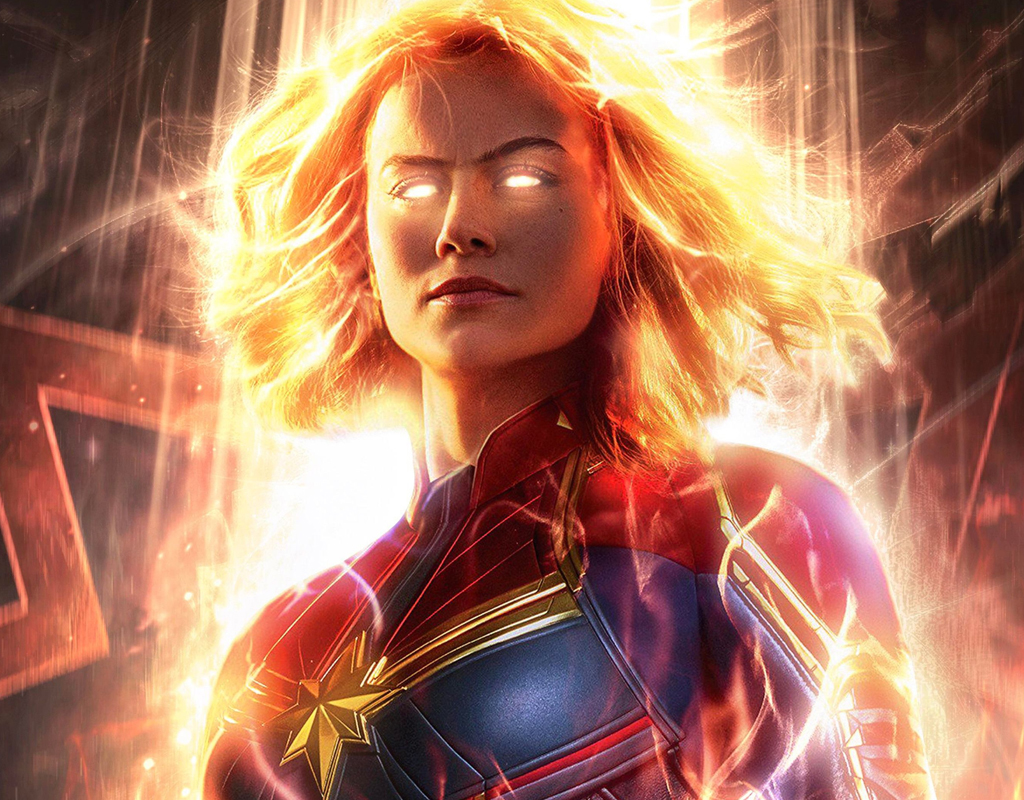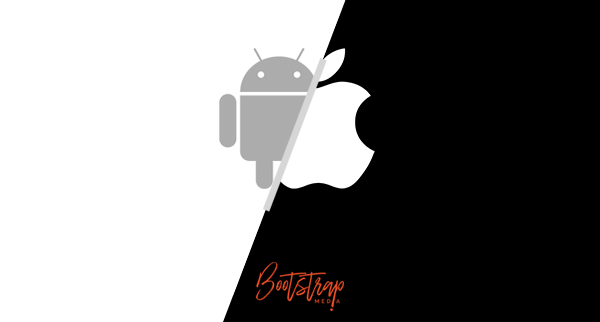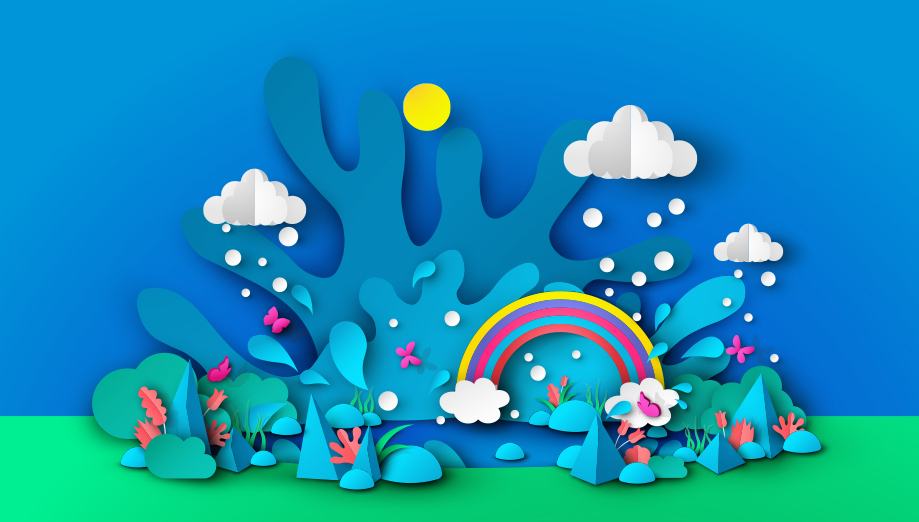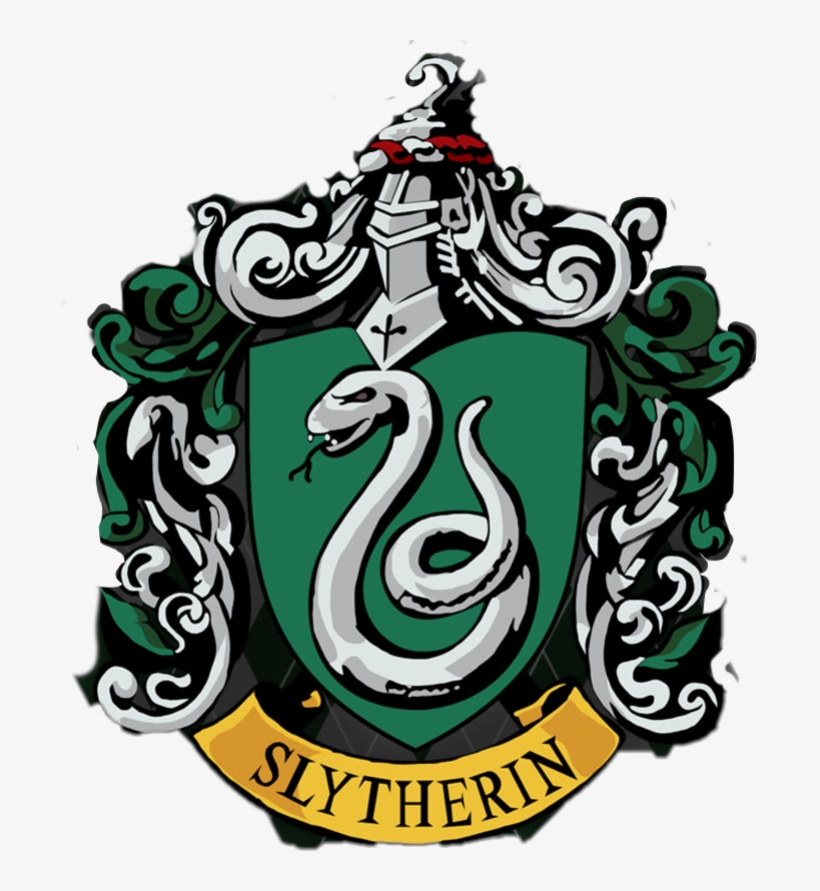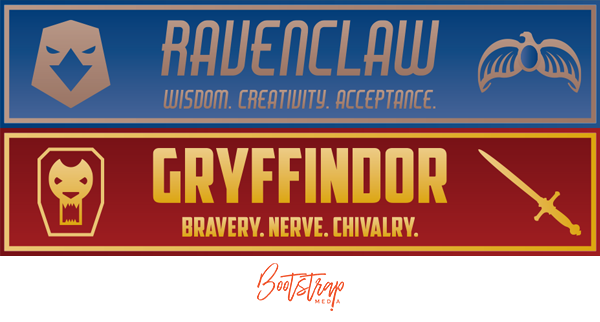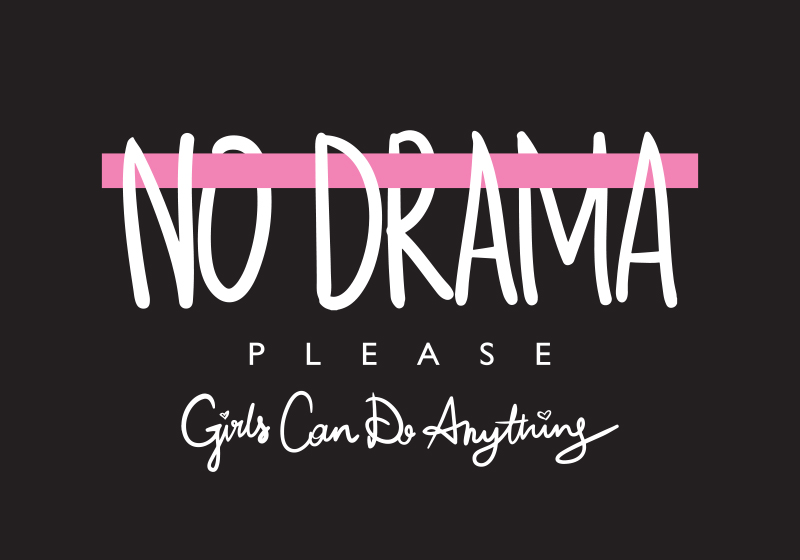The Sorting Hat
is famous in the wizarding world for a variety of reasons. Initially, the four
founders handpicked students for their houses but were concerned about how
students would be selected after their deaths. Today we know the Sorting Hat is
responsible for reading a student’s core and determining their house and
automatically family, and also sings its own songs to the student body to share
the history of Hogwarts during the Welcome Feast.
Every Harry
Potter fan knows about the Hogwarts houses, including which one they would want
to be sorted into if they had the chance. We’ve all heard the Sorting Hat’s
song and learned about the houses traits, only to discover there is so much
more to the houses than their initial introductions. From the founders to the
house ghosts, the rivalries and symbols, each house has a rich and complex
history and with it a string of misconceptions surrounding it that only got
stronger with time. While we love Hogwarts, our houses may have divided us
along the way, making us hostile and discriminatory towards one another.
As promised,
we’re here to dispel some of these myths and bring the truth about these houses
to light.
RAVENCLAW
Misconception:
Their house colours are blue and silver.
Reality: While
it is made abundantly clear in the books that Ravenclaws colours are blue and
bronze, its representation in the movies baffled many Potterheads. While all
the other houses bear their original hues, Ravenclaw was the only house to have
its colours tampered with for the movie, the reason behind which is still a
mystery.
This inaccurate
representation also led to loads of Ravenclaw merchandise being made in the
wrong colours. Talk about a colossal mess up, huh?
Misconception:
The house bird is a raven.
Another debate
caused by the movies; many believe the Ravenclaw’s house bird to be a raven.
Ravenclaw’s bird is actually an eagle. While the first few movies showed us
ravens on the crest, the eagle finally made an appearance towards the end of
the series.
Misconception:
Ravenclaw is a house for the boring dictionary-definition nerds
Ravenclaws love
for knowledge and learning earned its students a bad reputation somewhere along
the line. The idea that they are boring nerds is wildly inaccurate. Known as
the house for the witty, clever and wise, members of this house are naturally
curious and encourage sharing of knowledge.
Above all,
Ravenclaw is a house for the eccentric and free thinkers. They prize
individuality and would be the last people to dismiss someone for being different.
Ravenclaw is the most artistic, individually intellectual house at Hogwarts.
Their good judgement and tendency to speak their minds makes them stand out
amongst the houses, often adding to their bad rep.
Misconception:
They are all honest to a fault.
While this may
hold true for many members of the house, let’s remember that this house prizes
individuality which often results in varying personalities being clubbed
together.
While they are
known for honesty, Gilderoy Lockhart proved to be an exception who used his
power and blatantly lied to the entire wizarding community.
Misconception:
They are all smart, boring, studious and exacting.
While Ravenclaw
is known for its wit, they aren’t the only smart characters we meet. Hermione,
for example, is perhaps the wisest witch of her time and she isn’t in Ravenclaw
due to the missing drive to break down traditional thought categories.
Furthermore,
those in Ravenclaw don’t always come off the clever in the most obvious ways.
Their intelligence stems from the knowledge that the smartest people are the
most open-minded and that thinking in alternative ways could lead you to new
discoveries. One can observe that while they may not be smooth on the surface
(we’re looking at you Moaning Myrtle), you can observe an emotional
intelligence among them.
Misconception:
They are a bunch of weirdos.
Being among the
clever doesn’t always guarantee that standardised test methods will assess your
true intelligence efficiently. If anything, Ravenclaw tells us what it really means
to be smart and that true intelligence means being a non-conformist.
Known for being
quirky, imaginative and original, their philosophy is to think outside the box.
Unafraid of being different, their priority is to get the truth underneath
surface appearances.
Admittedly,
their fascination with knowledge can often feel detached or lacking in warmth,
but the house is an accurate representation of what Harry Potter is really
about: expanding your mind to explore things others would find outlandish. Take
Professor Trelawny, Garrick Ollivander or Luna Lovegood for example. All
oddballs, yet brilliant in their own ways.
Misconception:
They will never turn towards evil.
Intelligence
doesn’t have a moral alignment. It can be used for good or bad and some morally
suspect Ravenclaws prove this point. The first two stories featured devious
Ravenclaw professors who turned away from doing the right thing for their gain.
GRYFFINDOR
Misconception:
They are chivalrous.
Known as the
house of the brave at heart, their strong personalities often earn them a bad
reputation. While chivalry in modern context means gallant toward women,
originally the word had a broader meaning and referred to a knightly code of
honour. Hence, Gryffindors hold themselves to a moral standard and code of
conduct that others may find unnecessary.
As a matter of
fact, Gryffindor’s often come off as rude, brash, self-righteous and often
short-tempered. They can be accused of egotism and acting like the rules don’t
apply to them, which most people don’t find charming. Even James and Sirius
were known for their arrogance.
Misconception:
They are too proud.
Far from proud,
they are welcoming of people from all backgrounds or social importance; which
was also the reason behind Godric Gryffindor’s rift with Salazar Slytherin.
While they do
take pride in the strength of their community, calling them a proud group would
be uncalled for. They are known to form close bonds and know they are more
powerful when they team up and protect each other; a trait that stems from
their belief in making sacrifices for others.
Misconception:
Gryffindor’s love being the centre of attention.
Several of our
favourite characters from Gryffindor admittedly do enjoy the limelight. Even
so, there are many Gryffindors who can be chivalrous in their own ways whilst
remaining introverted, shy and socially awkward. Above all, fellow Gryffindors
know that they need to be called out at times, which observable in Hermoine’s
addressing Harry on his saving-people thing.
Misconception:
They have an idiotic tendency for pointless heroics.
Popularly known
for their tendency for glamour and recklessness, their bravery has often
resulted in stupidity. There were instances when even Harry made his situation
worse.
It is not their
desire for fame, rather their need to protect the weak drives them to engage in
“pointless heroics”. Take McGonogall for example. While her exasperation with
Harry’s presence amidst every scandal is made obvious throughout the series, it
is she who comes to the rescue of her students time and time again. She took on
Umbridge and Snape, proving that she is the embodiment of Gryffindor.
Moreover, their
recklessness can make them the most fun group to befriend. Their tendency to be
risk takers of the highest degree earns them a fairly bad reputation but proves
hilarious in hindsight. Additionally, this trait adds to their “unpredictable
and bad” appeal, making them nearly irresistible to their fellow witches and
wizards. Gryffindor doesn’t symbolize inherent heroism so much as a state of
being we can aspire towards.
Misconception:
All members of Gryffindor have the same personalities.
Wildly untrue,
the essence of being a Gryffindor is having the ability to overcome your
natural instincts that may keep you from being truly brave.
This is why
several of our favourite Gryffindors seem like better fits in other houses.
While we all know Harry was almost in Slytherin, Hermione comes across as a
brainy Ravenclaw, so much so that the house even considered putting her there.
Professor McGonagall also caused a hatstall during her sorting ceremony and
too, was almost placed in Ravenclaw.
Loyal and fair
Ron could be in Hufflepuff and Neville even asked the Sorting Hat to place him
in Hufflepuff because he doesn’t believe he has what it takes to be in
Gryffindor. One would think that was
true judging by his initially shy and cowardly nature, but upon closer
inspection, you see that Neville is modest, talented and often sceptical and
unafraid to say so. Proving that, beyond all traits, the Sorting Hat detects
nascent qualities and places them in the House that would put their character
to the test.
This is why we
are most impressed by the characters who overcame their non-Gryffindor traits
to give in to their fears and instead prove the Sorting Hat right. I mean, even
Hermione learnt to love breaking the rules.
All different personalities
and talents, what they do share is the will to be brave and do what they
determine right, which may not always actually be the right thing to do. While
they are known for their desire to fight evil, there is evidence of several
members joining the Dark Lord. Take Peter Pettigrew for example, he was sorted
into Gryffindor but grew to be a loyal servant of Voldemort
More recent
songs by the Sorting Hat speak of the dire need for the houses to come together
or watch Hogwarts crumble from within. The stereotypes and misconceptions we
associate each house with comes in the way of us being able to view each other
beyond our houses. Perhaps, if we worked together we could bring honour to
Hogwarts and greatness to each house.
Looking for
Hufflepuff or Slytherin? Read Hogwarts Houses and Misconceptions – I to learn
more about the world created by JK Rowling. Also, let us know in the comments
what your opinions on the houses and their myths are.

